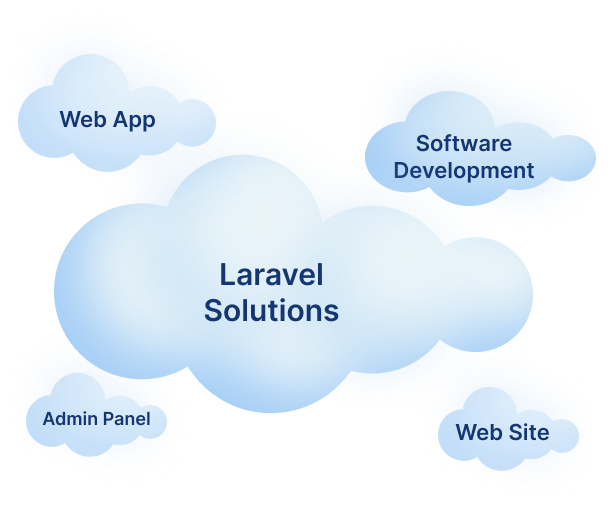Making average groups into exceptional teams is the goal of high performance teams. Our specialty is bringing out the best in teamwork, effective communication, and collective knowledge inside your organization. To assist your team in reaching its goals, our services are thoughtfully created with an emphasis on innovation, effectiveness, and unwavering excellence. We adapt our solutions to your team's specific needs, whether that means implementing cutting-edge tools, fostering a culture of cooperation, or enhancing communication strategies. We believe that every team has the potential to be extremely successful, and we work hard to help them realize that potential in order to achieve unrivaled success.
Our team of experts works closely with yours to understand the particular challenges and goals, providing comprehensive guidance and support at every turn. Our services, which include leadership development courses and team-building workshops, are meant to foster a culture of continuous improvement, boost productivity, and encourage collaboration. At High Performance Teams, we are more than just advisors—we are collaborators with your team as it strives for success. It's critical to select a custom software development company India that, like High Performance Teams, recognizes the value of cooperation and teamwork. Seek out a provider of solutions that can be customized to meet your unique requirements, whether that means designing cutting-edge technologies to propel your organization forward or custom software to improve team productivity. As we engage with our team, a genuinely effective software development partner will work closely with your team to make sure the final result not only meets but exceeds your expectations.






























